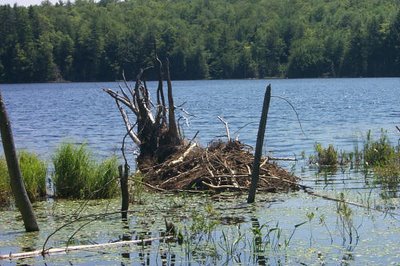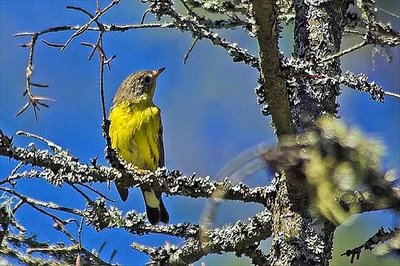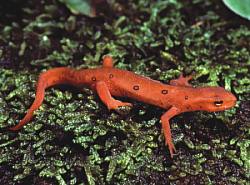September Beaver Safaris

In the summer, they're active as dusk gives way to darkness, at night, and especially in the pre-dawn hours and immediately after dawn. In September and October, however, as beavers hurry to store enough bark and wood for their winter consumption, they can commonly be seen in the late afternoon hours. That is, if you're quiet, which is nearly impossible when you're exploring with an excited group of children. Older children, and a few younger ones, can be encouraged to tiptoe in toward the shores of a beaver pond if they believe they have the chance of seeing an actual beaver or two.
Best time to embark on a September afternoon beaver safari? Around 3:00-3:30 p.m. or so, depending on the length of the hike to the chosen pond.














